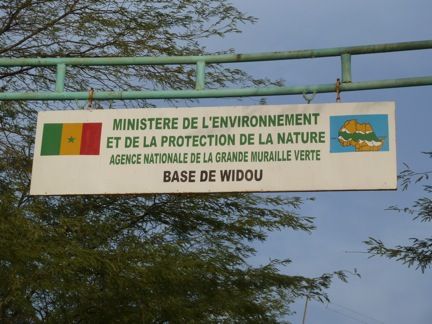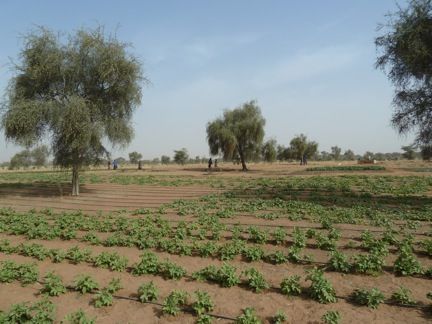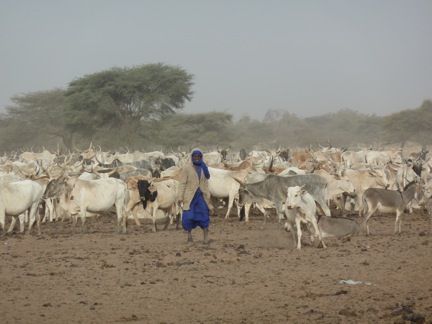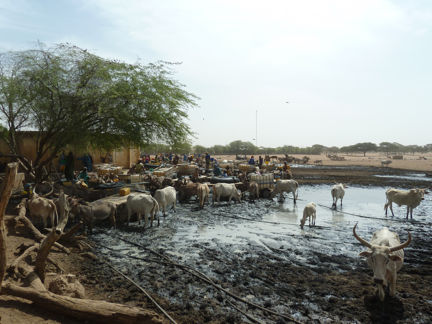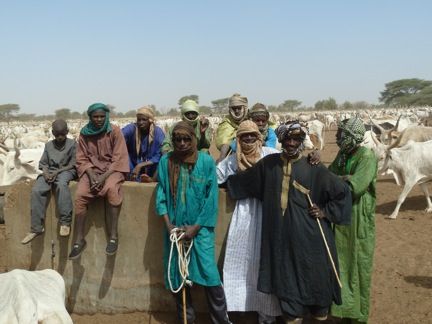The Sahel is a wide band of savanna that stretches across northern Africa, from the Atlantic Ocean to the Red Sea. It serves as a transition zone between the Sahara desert in the north and the tropical areas in the south, delimiting the sand of the Sahara. But climate change has put the region at risk of desertification, with as much as 30 percent decline of rainfall in the last century. The threat has also been heightened by over-farming, over-grazing and natural soil erosion.
In northern Senegal, traditionally nomadic Peuhl people keep large herds of goats and cows for subsistence. They have already witnessed the changes in their ecosystem when trees are further apart and desert species start inhabiting their land. To halt the advance of the Sahara, the Senegalese government has been planting 12,000 acres of tress annually for the last four years. The goal is for 11 African nations to complete a 4,300 mile-long wall of trees that will pause the desertification process and offer a sustainable source of food.

